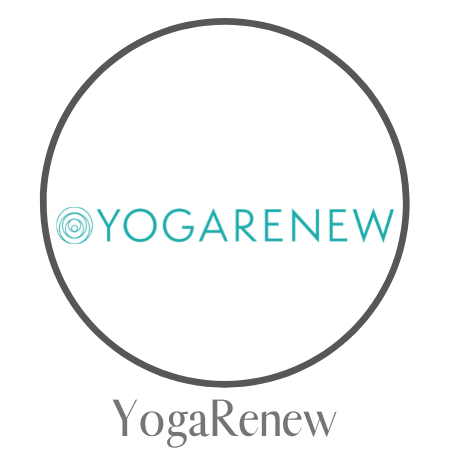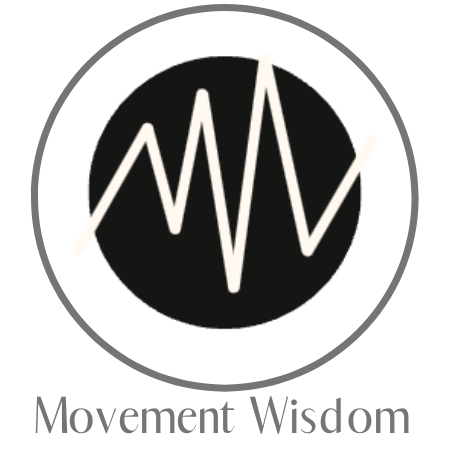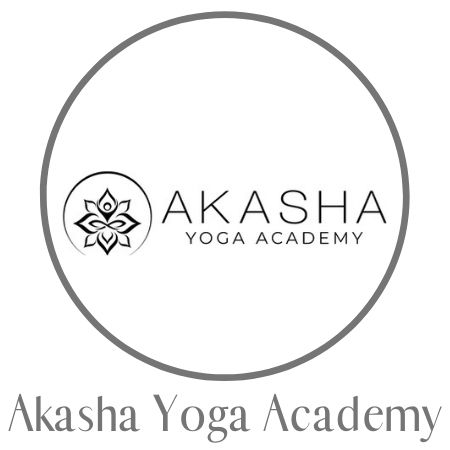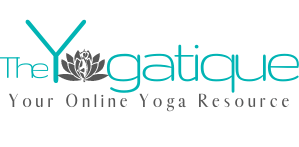Yoga mudras have been used as effective powerful healing tools for centuries. But many modern-day yogis are unaware of some of the basic mudras to hold while in a yoga class and their effects. Yes, we bring our hands into a prayer position in Tree pose (Tadasana), but many yogis don't know the power of mudras and the reasons why we practice them.
In this article, I'm explaining how using mudras in yoga practice and everyday life can radically enhance our well-being. I'll then share my top three yoga mudras for beginners so you can get started with this powerful practice immediately!
Article content:
(Click any link below to jump directly to section)
What is a mudra?
A mudra is a symbolic hand gesture used in Hindu and Buddhist ceremonies and practices, including yoga and Indian dance.
Traditional yoga teaches that mudras are practiced while holding specific asanas or during meditation. They are believed to stimulate prana (energy) in certain parts of the mind or body. Mudras stimulate the primary chakras (and minor chakras in the hands) and balance the elements within us. This helps to direct prana through our spiritual bodies and improve the functioning of our bodies.
Mudras carry powerful, energetic qualities that can improve physical, spiritual, and mental well-being.

History of mudras
It is believed that mudras originated from India during the first century. They were first seen in statues from Gandhara (present-day northwest Pakistan), making them one of the oldest spiritual practices used today!
Mudras also have roots in China during the Wei period, where figures of Buddha performing Abhaya mudra were discovered. Mudras have strong associations with both Buddhist and Hindu practices, and the name mudra has Sanskrit origins, meaning “seal.”The purpose of mudras in yoga
Mudras play a significant role in yoga practice by channeling and directing the body's energy flow. These gestures are used in conjunction with asanas (postures) and pranayama (breath control) to enhance meditation and concentration. Each mudra has a unique and specific purpose, including:
- Promoting calm and inner peace
- Boosting your energy
- Improving mental faculties like memory and concentration
- Promoting deeper spiritual awareness, including intuition, visualization, and inner wisdom
- Stabilizing and balancing your emotions, decreasing physical pain, or boosting immunity.
3 best yoga mudras for beginners
The following three mudras are simple for beginners to learn and practice in any seated yoga pose:

1. Gyan mudra
The first mudra yogis often try is Gyan mudra. Gyan is also known as the meditation mudra, as you practice it during meditation or while connecting to the breath at the start of a yoga class. Here's how to do Gyan mudra:
- Connect your thumb with your index finger while extending the other three fingers.
- Then, place your hand on your knee, with the palm facing up.
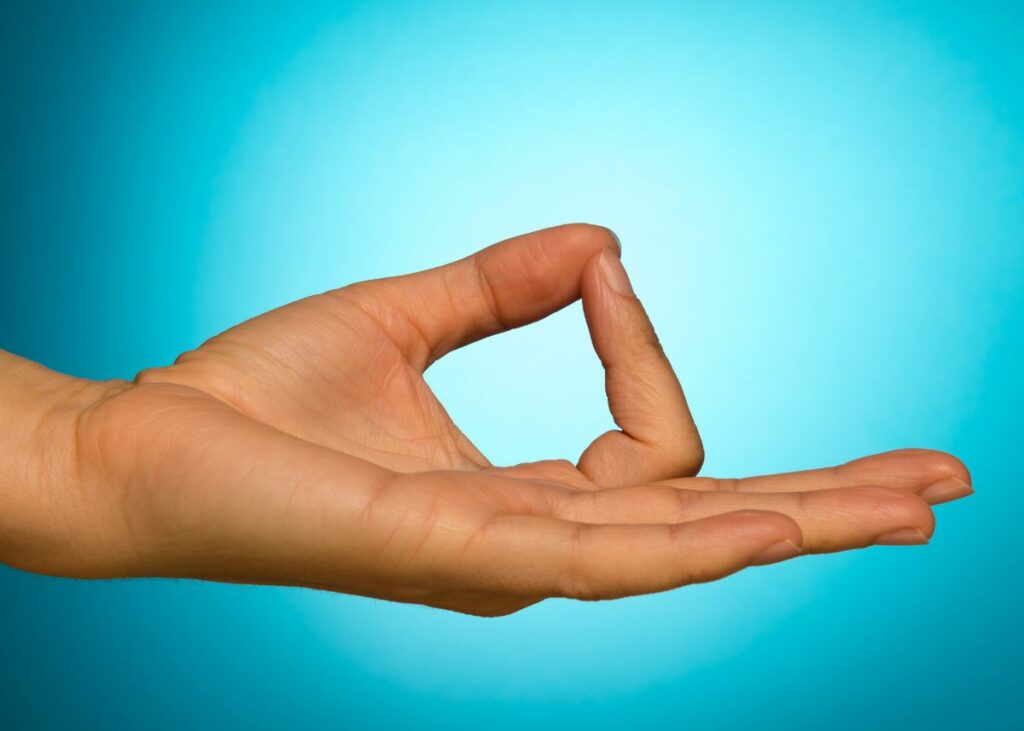
⬇Yoga Alliance registered yoga teacher trainings you should look into⬇
2. Prithvi mudra
The Prithvi mudra is less common but similar to the gyan mudra in terms of technique. Prithvi mudra is related to the Earth element and has energizing properties. Here's how to do Prithvi mudra:
- Connect your thumb to the tip of your ring finger.
- Then, place your hand on your knee, with the palm facing up.
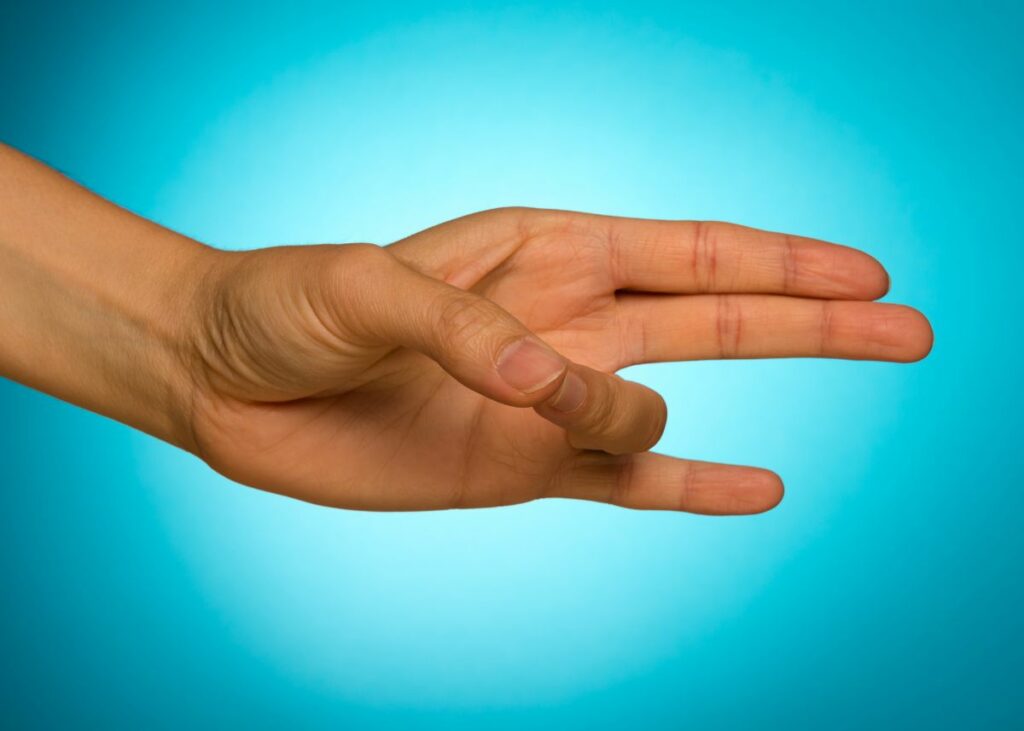
3. Prana mudra
The Prana mudra is similar to Prithvi but connects the little finger to the thumb as well as the ring finger. This combines the water, earth, and fire element to increase our life force (prana). Here's how to do Prana mudra:
- Connect your thumb to the tip of your ring finger and tip of your pinky finger.
- Then, place your hand on your knee, with the palm facing up.
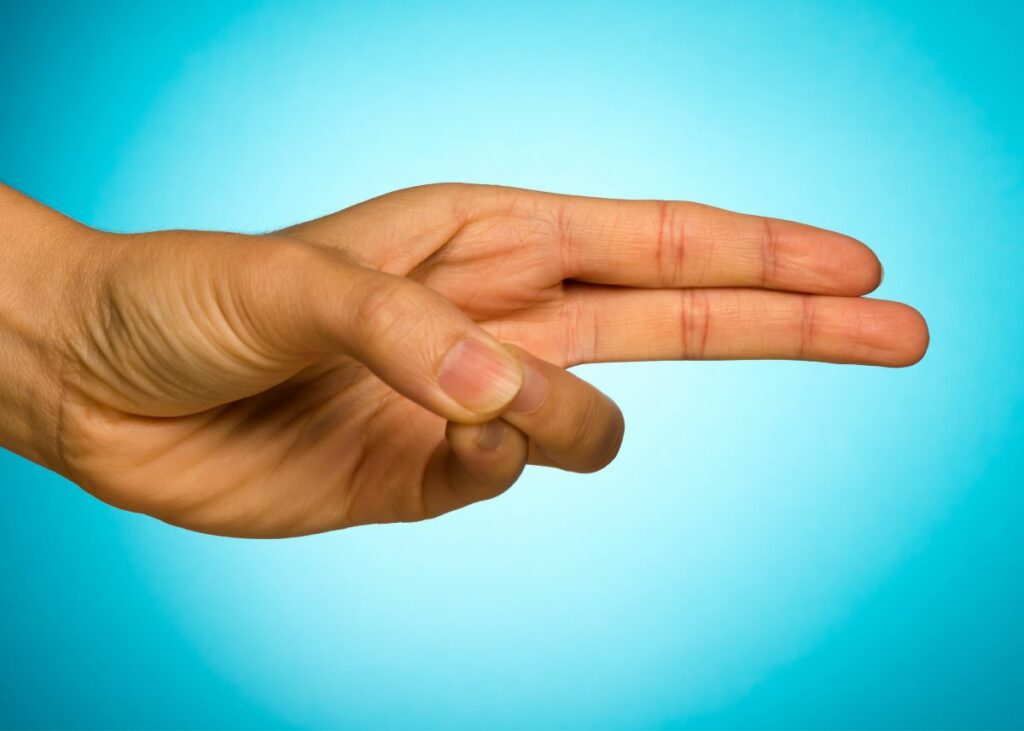
The 5 elements of hand mudras
To understand why you're holding these mudras in yoga, it's important to know a bit about the five elements of the mudras and what they represent on the hand, according to Ayurveda.
The fingers used in a mudra determine which element is being balanced. The hand you use to make the mudra also makes a difference, as the left hand represents lunar energy (yin) while the right hand represents the sun (yang).
The benefits of a mudra depend on the element they associate with. If one of the five elements is out of balance in the body, disease occurs. Each of the five fingers represents one of the elements, which are:
- Fire – Thumb
- Air – Index finger
- Space – Middle finger
- Earth – Ring finger
- Water – Pinky finger
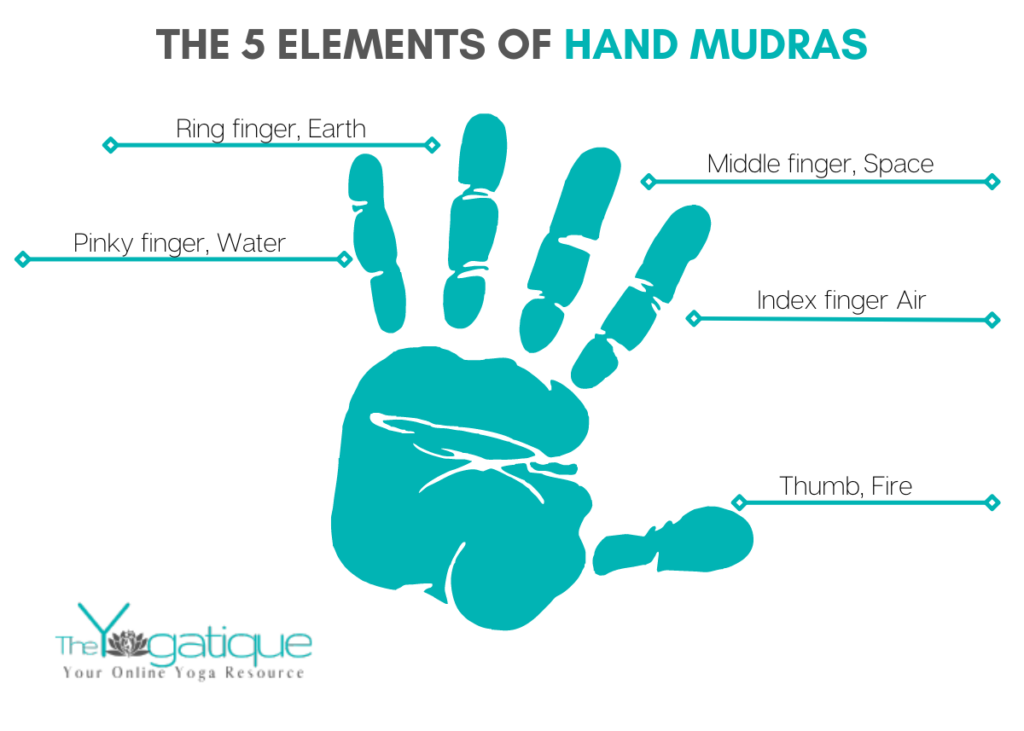
Takeaway
Combining yoga and mudras can bring us many profound benefits, from enhanced concentration to spiritual regeneration. By exploring the power of mudras, you can find truly effective healing tools for a wide range of ailments.
Whichever mudra you choose, remember that regular practice is essential to experiencing the full extent of its power.
Some online yoga studios, online yoga teacher training programs, and brands that we write about may offer us a small commission should you decide to make a purchase or signup after reading our content. Thank you for enabling us to exist!


